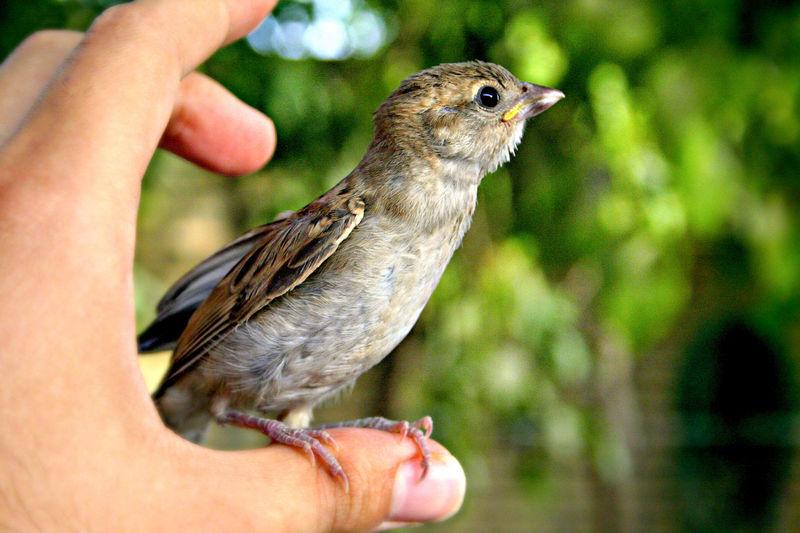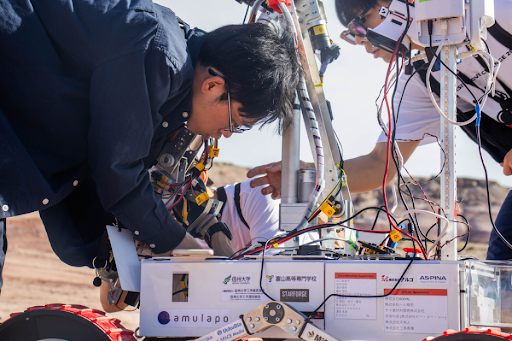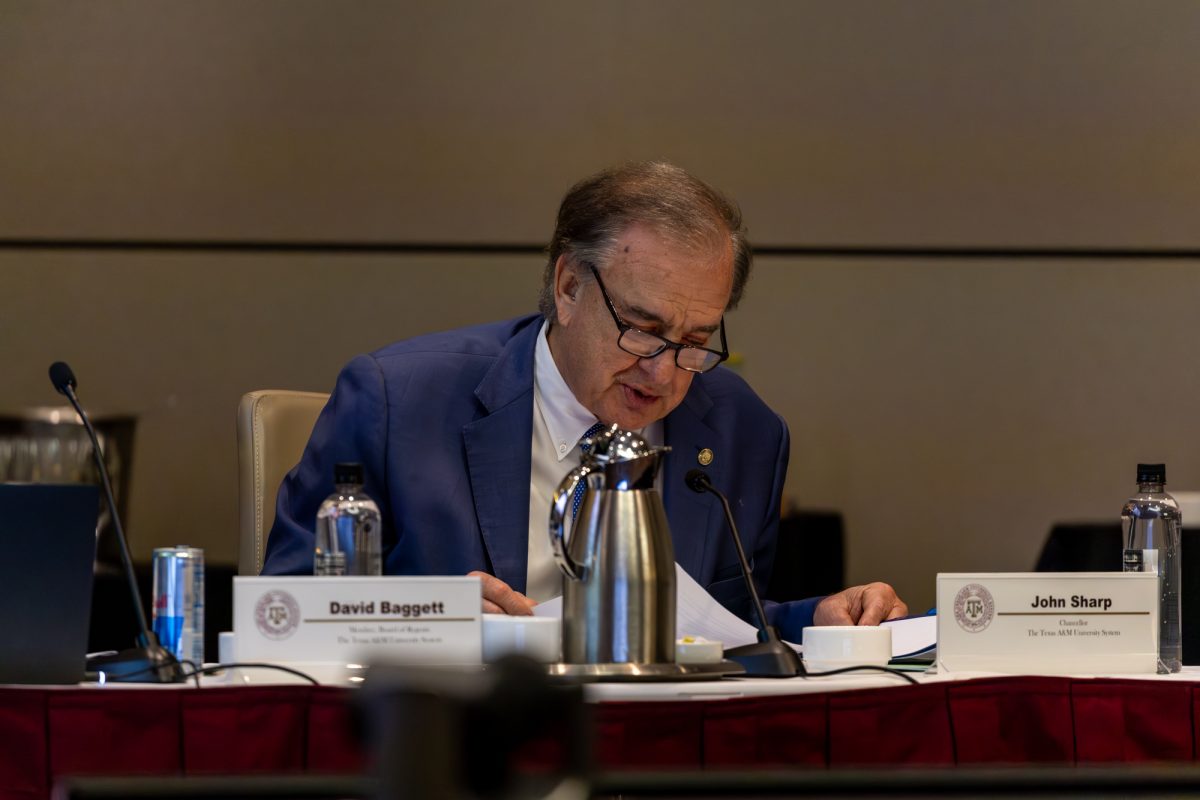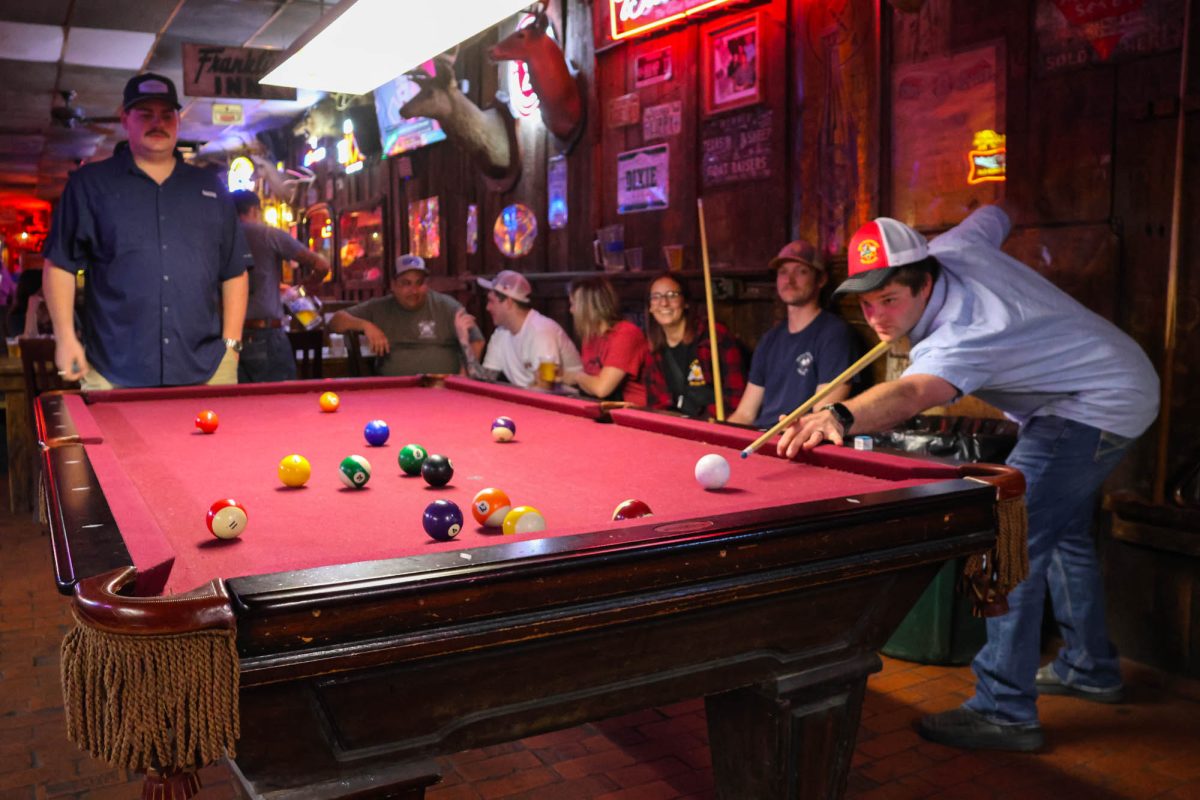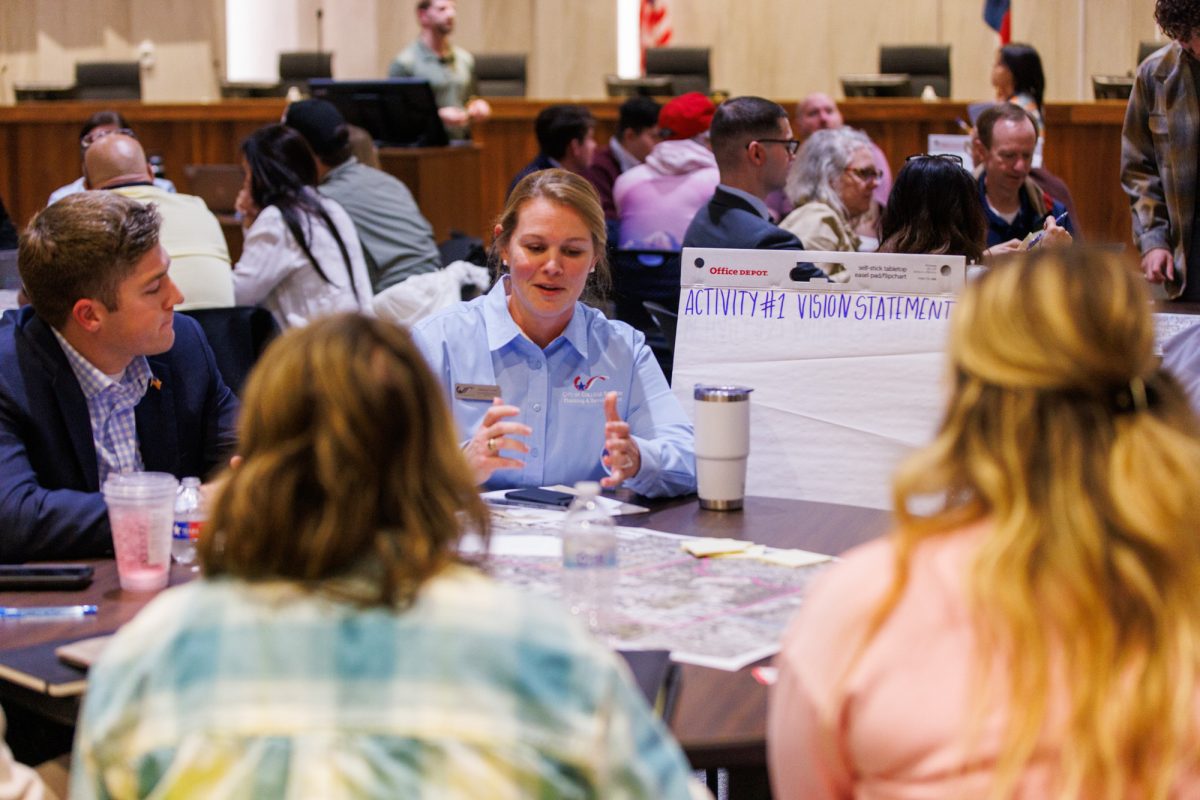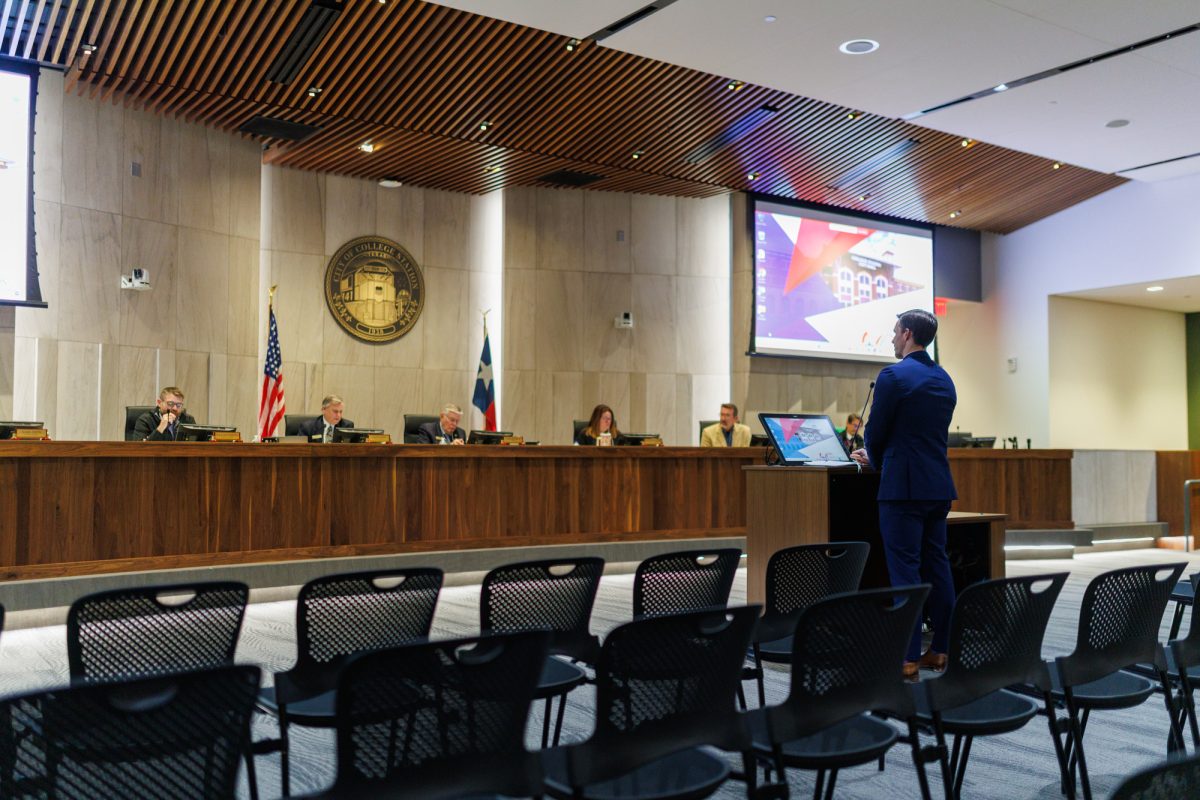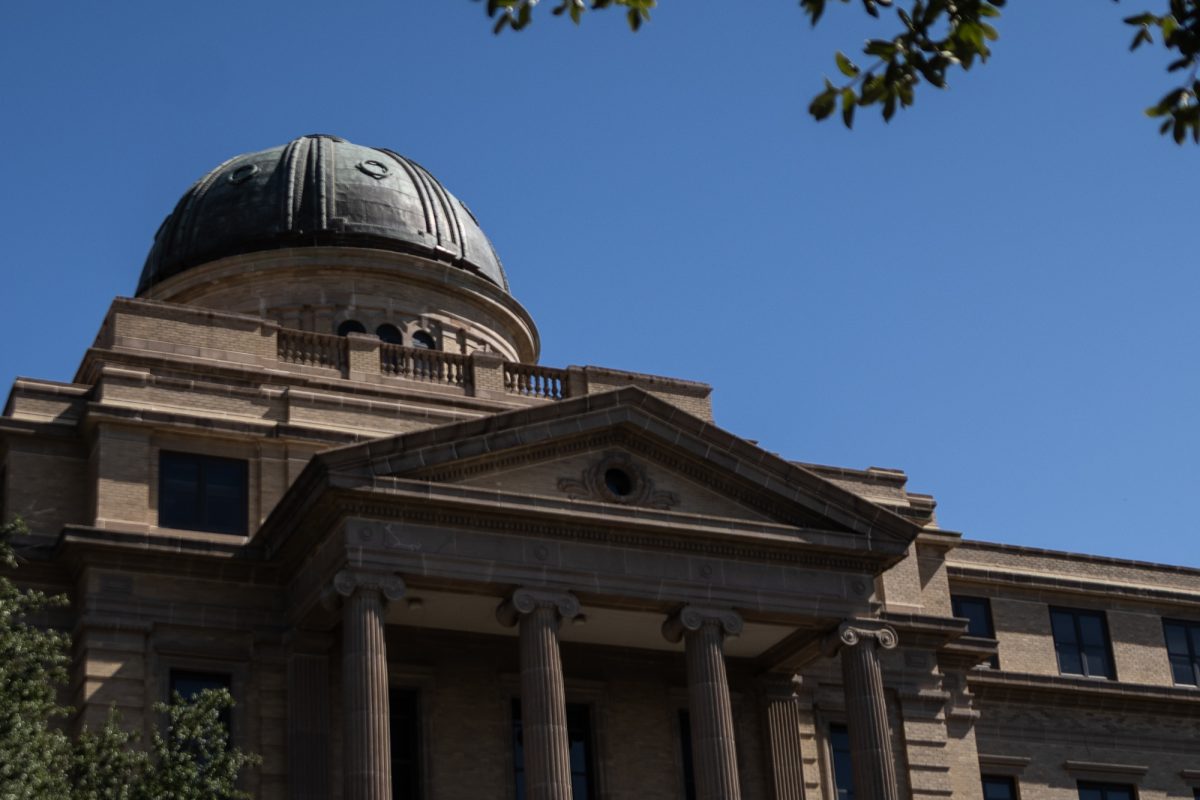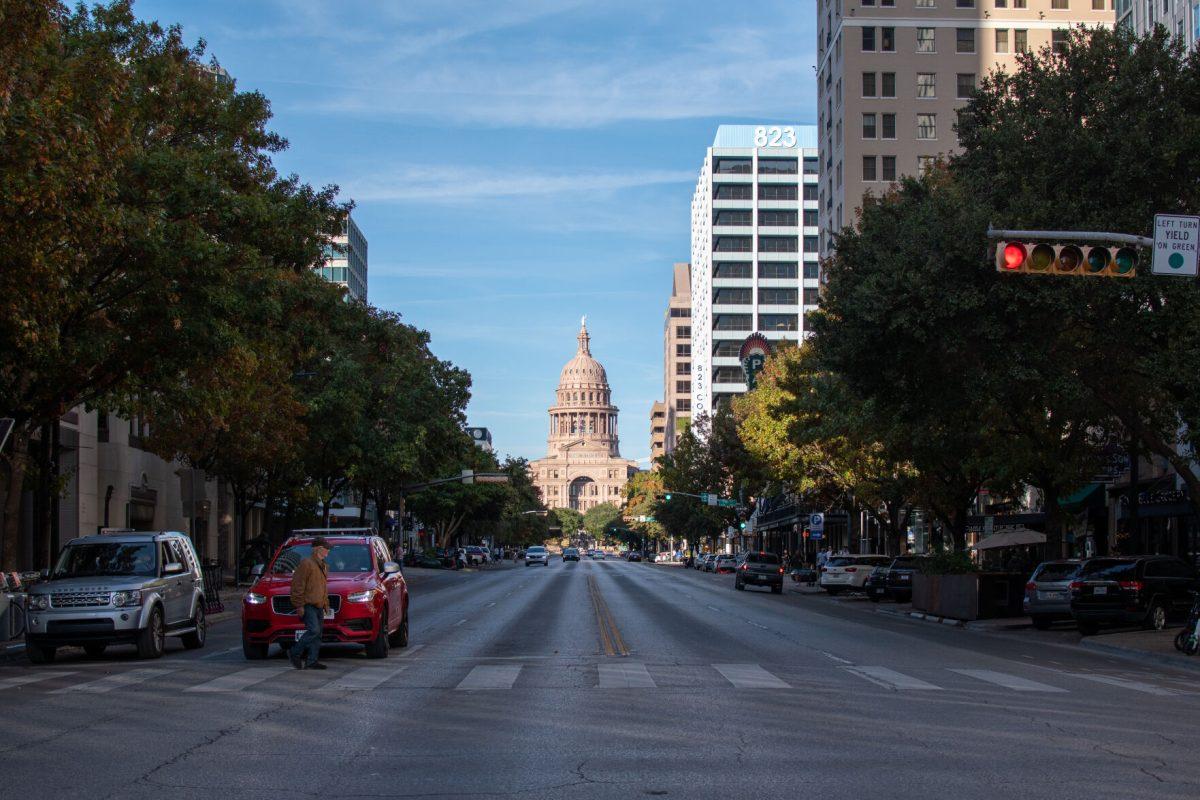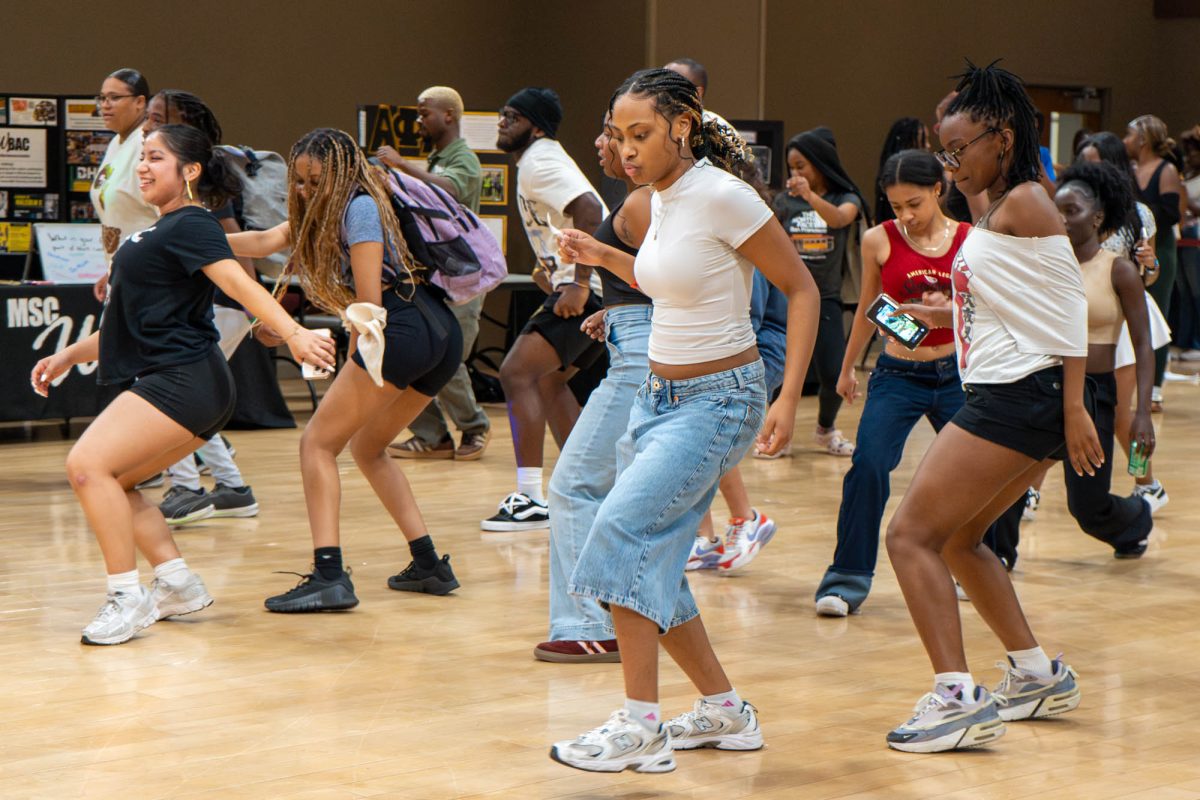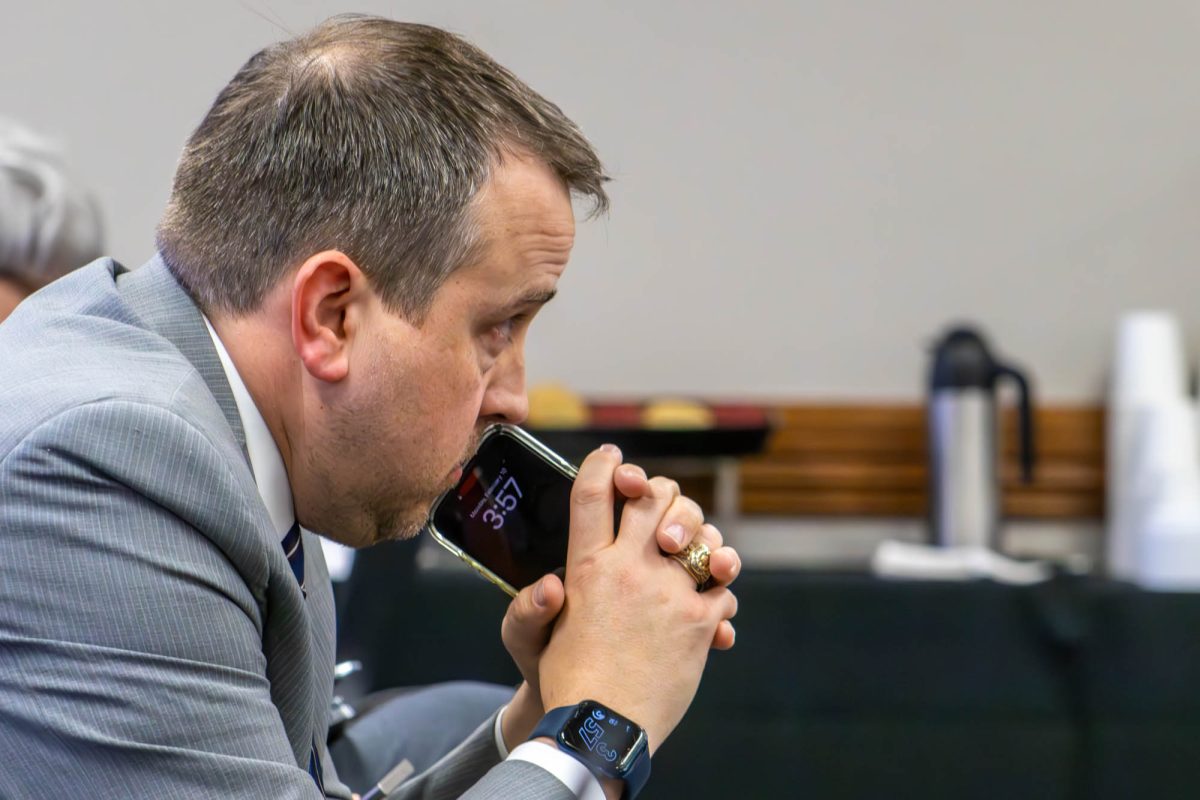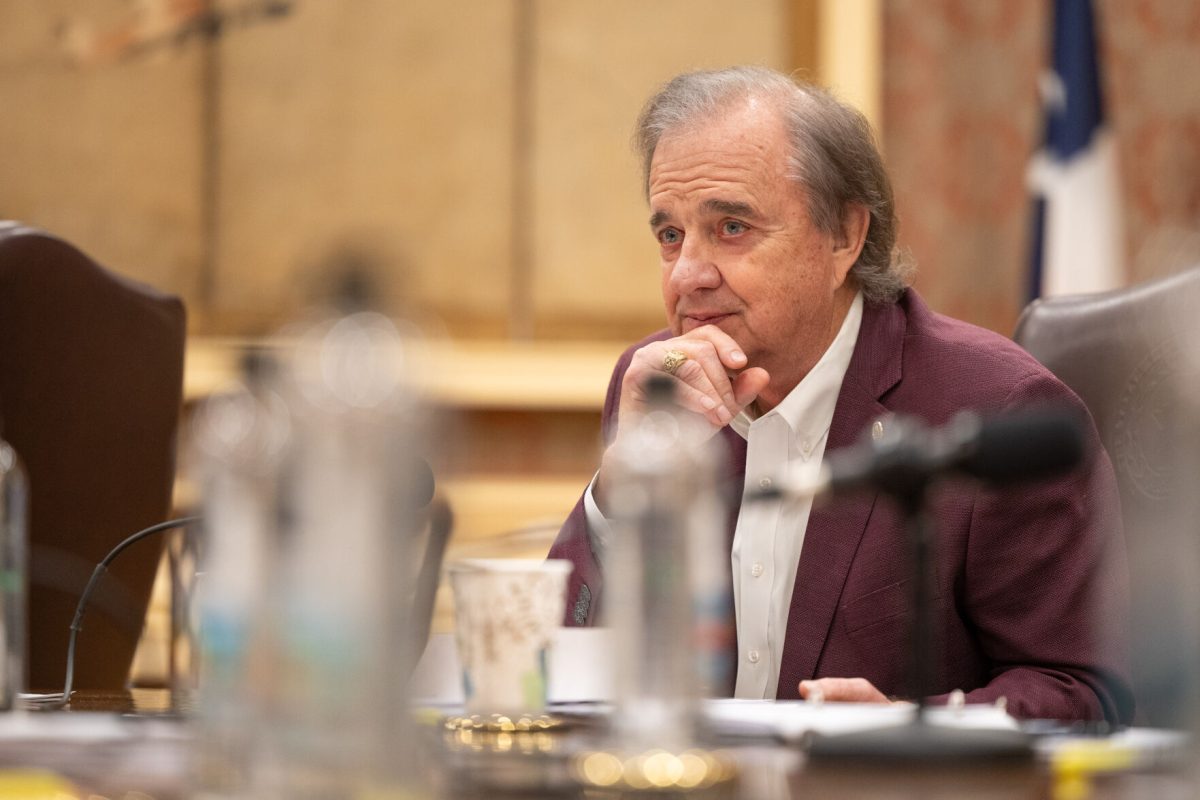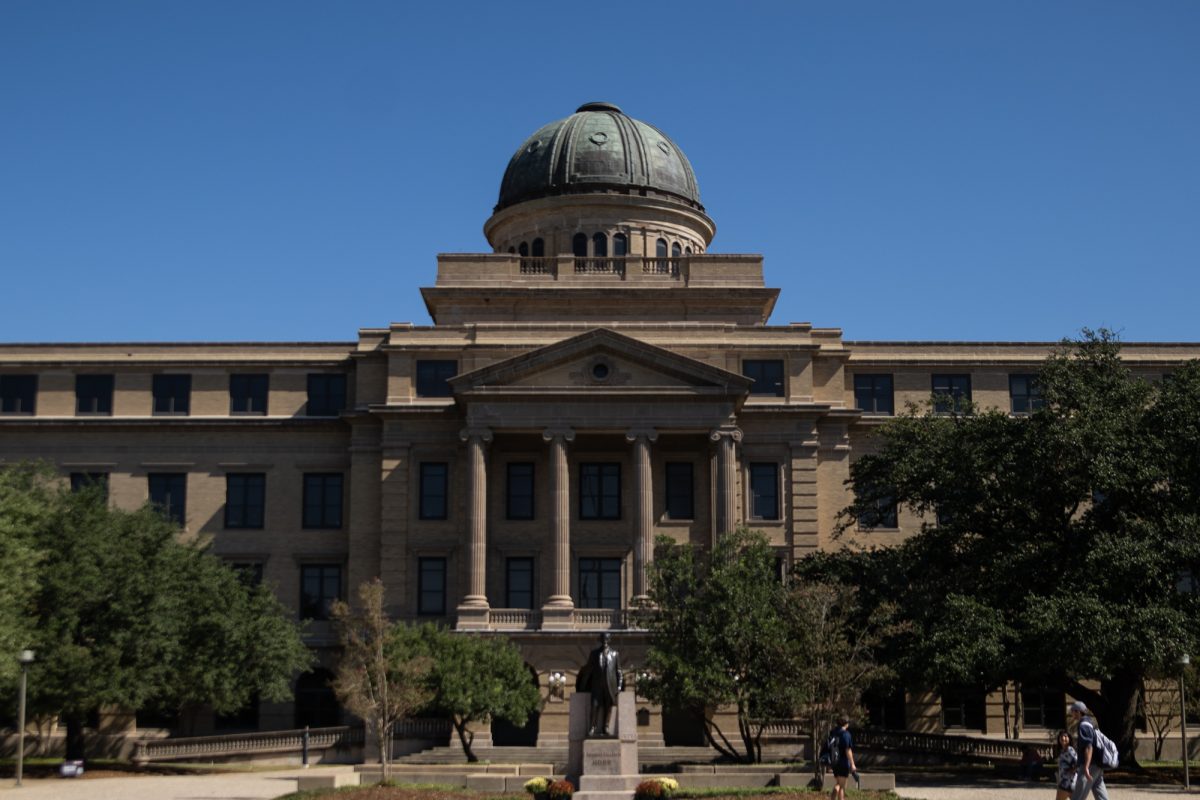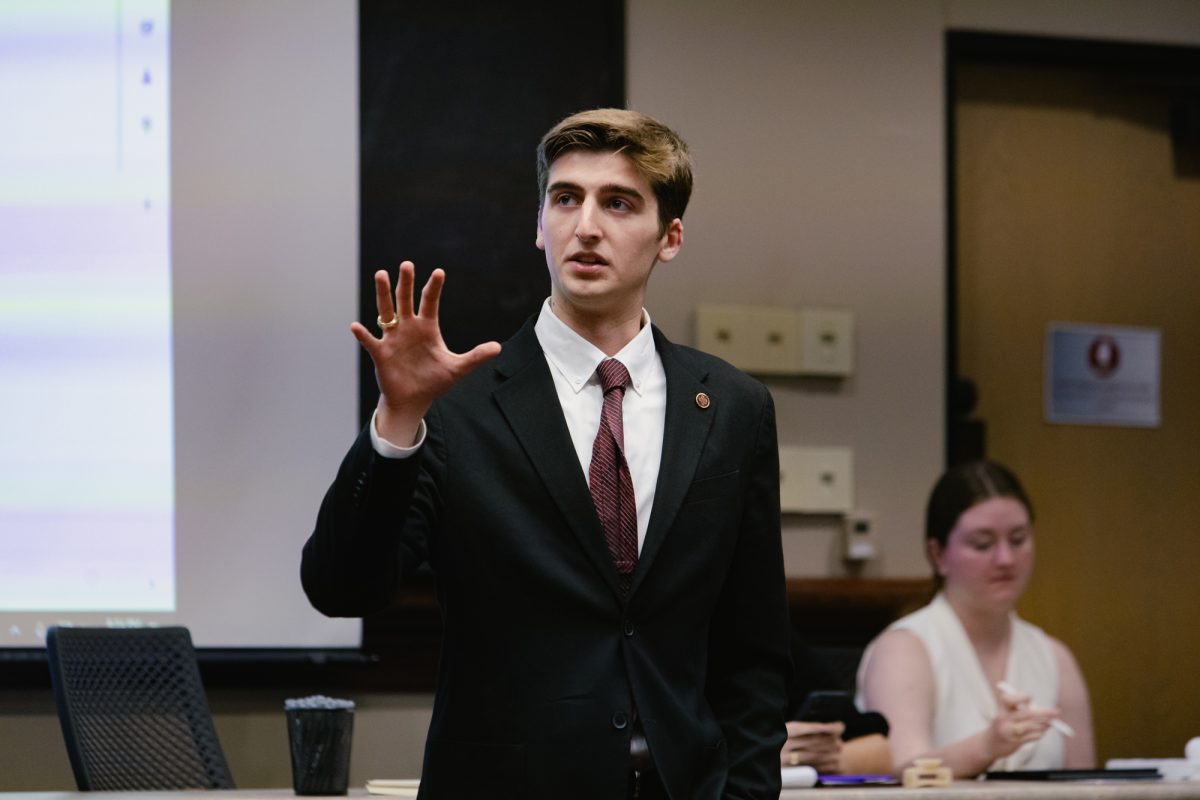College Station was officially designated as a Bird City Texas by Audubon Texas and Texas Parks and Wildlife in January following years of dedicated conservation efforts and active community participation. This designation recognizes communities that have implemented effective bird conservation programs and practices and requires the collection of annual data recording conservation progress and plans to continue these efforts for at least three years. The prestigious environmental recognition highlights College Station’s commitment to environmental stewardship and wildlife conservation and has a variety of benefits, including boosts in ecotourism and long term sustainability gains.
The city has implemented several measures to expand local habitats, heighten environmental protection and increase awareness about bird conservation in recent years. Since 2023, the city has planted hundreds of native plants and trees and removed invasive species to restore and stabilize local habitats.
In addition, the city provides opportunities for environmental education through community demonstration gardens, monthly birding classes and an annual Migratory Bird Day Festival in May alongside a Lights Out for Birds and Dark Sky initiative to reduce light usage during peak migration times.
Because College Station encompasses both the Blackland Prairie and Post Oak Savanna, the biomes’ rare species establish homes throughout the city, often in backyards and campus buildings.
Laurie Brown, recreation supervisor for the City of College Station and founder of the Conservation Advisory Group, explains the importance of Bird City in maintaining bird populations.
“A big part of Bird City is gaining protection and spreading action to be able to help save these birds,” City recreation supervisor Laurie Brown said. “The concept for College Station’s bird city was uniting all the good conservation work under one banner so that we can do big work as a big group.”
Brown also founded the Conservation Advisory Group, [explain the group]. The project required a dedicated cohort of environmentally focused individuals to make it possible.
“It really has been a community effort … the biggest piece of this was that we had to create a collaborative group which started as 16 people and is now 61 people that work on different projects and pieces,” Brown said.
As Bird City Texas designations grow in recognition, they have the potential to drive ecotourism, especially as birdwatching has surged in popularity. The recreational activity now generates billions of dollars annually in the United States.
Perry Barboza, Ph.D. and professor in the rangeland, wildlife and fisheries management department said new plans will focus on expanding green spaces and incorporating more bird-friendly regulations in new builds.
“Bird City has the possibility of changing building regulations in a way that is going to be helpful in the long run,” Barboza said. “People want to have access to green spaces. It improves quality of life and real estate value.”
Barboza said that despite resistance from individuals due to the cost of implementing protection measures, the benefits far outweigh the costs.
One of the most notable measures involves installing screens to make windows more visible to birds. Although the initial costs are sometimes high, the screens reduce heating costs, resulting in long-term cost savings for residents.
As part of ongoing conservation efforts, College Station is taking part in the 2025 City Nature Challenge, urging residents to record wildlife sightings through the iNaturalist app. With over 400 species found in College Station annually, it’s crucial for the local community to support scientific research.
Brown said the initiative provides important data to scientists that allow them to understand local species’ living patterns.
“This is a huge conservation project that allows scientists to see what wildlife looks like each year,” Brown said. Barboza emphasized the importance of thinking critically about conservation, particularly for students, who he says have the power to make an impact in preserving natural habitats..
“Students have a huge voice,” Barboza said. “Many of the resources that we have provided have come directly from student funds.”




